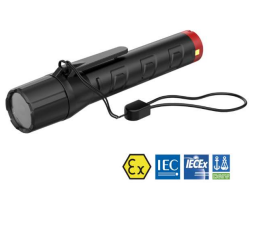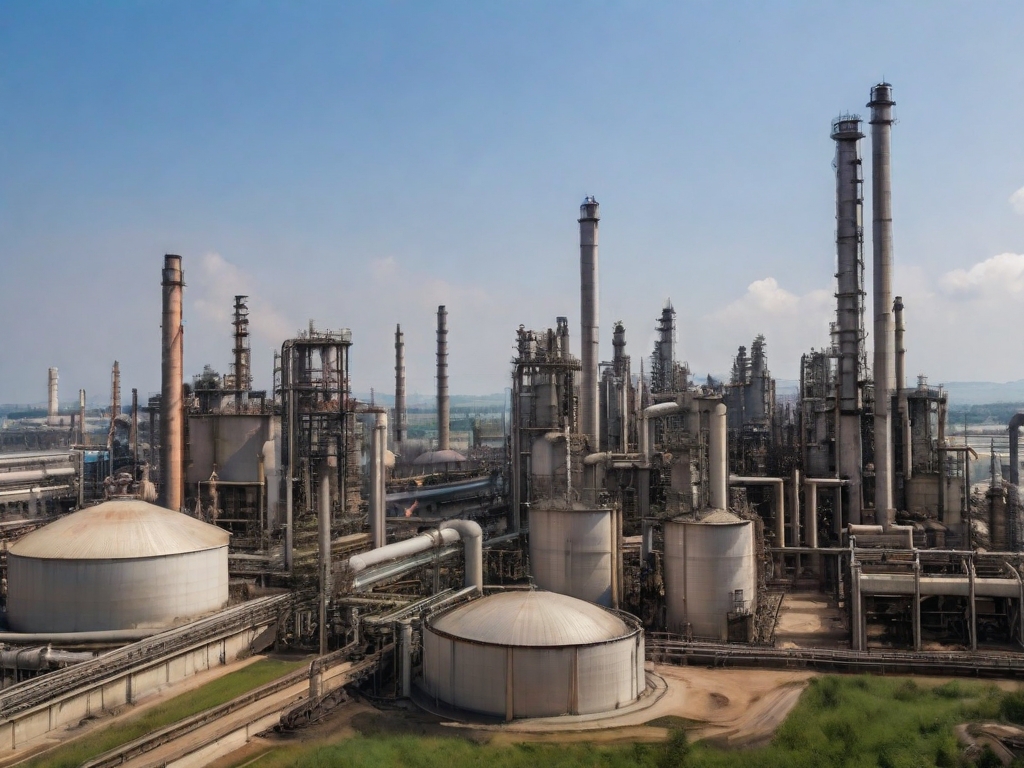When it comes to safety in hazardous environments, every detail matters. This includes the seemingly simple tools like flashlights. At Intrinsically Safe Store, we understand the importance of safety and the science behind it. In this article, we delve into the scientific principles behind intrinsically safe flashlight certification. We invite you to explore our website to learn more about our commitment to safety.
What is an Intrinsically Safe Flashlight?
Designers create an intrinsically safe flashlight to operate safely in hazardous environments where flammable gases, vapors, or dust may be present. They engineer these flashlights to prevent the ignition of these substances, thus reducing the risk of explosions.
Scientific Principles Behind Intrinsically Safe Flashlight Certification
Understanding the Concept of Intrinsic Safety
Intrinsic safety is a protection technique for safe operation of electrical equipment in hazardous areas. This concept is based on the principle of restricting the electrical and thermal energy to levels below those required to ignite a specific hazardous atmospheric mixture.
Energy Limitation
The primary scientific principle behind intrinsically safe flashlight certification is energy limitation. This involves designing the flashlight in such a way that it cannot release sufficient energy, either electrical or thermal, to ignite a hazardous atmosphere.
Temperature Regulation
Another crucial principle is temperature regulation. Intrinsically safe flashlights are designed to operate at temperatures that are safe and will not ignite the surrounding atmosphere. This is achieved through careful material selection and design.
Standards for Intrinsically Safe Flashlight Certification
There are several standards that a flashlight must meet to be certified as intrinsically safe. These include:
- ANSI/UL 913: This standard covers intrinsically safe apparatus and associated apparatus for use in Class I, II, III, Division 1, Hazardous (Classified) Locations.
- ATEX Directive 2014/34/EU: This is a European Union directive that covers equipment and protective systems intended for use in potentially explosive atmospheres.
- IECEx System: This is an international standard for the certification of equipment for use in explosive atmospheres.

Case Study: Intrinsically Safe Flashlight Certification Process
The certification process involves rigorous testing to ensure that the flashlight meets the required safety standards. This includes tests for impact resistance, temperature regulation, and energy limitation. Only after passing these tests can a flashlight be certified as intrinsically safe.
Scientific Principles of Intrinsically Safe Flashlight Certification
Understanding the scientific principles behind intrinsically safe flashlight certification is crucial for ensuring safety in hazardous environments. These principles, which include energy limitation and temperature regulation, are the foundation of the design and operation of intrinsically safe flashlights. By adhering to strict safety standards, these flashlights can operate safely in potentially explosive atmospheres, reducing the risk of accidents and protecting lives.
At the Intrinsically Safe Store, we are committed to providing products that meet the highest safety standards. We invite you to explore our range of intrinsically safe flashlights and other safety equipment. For more information, please contact us.


























